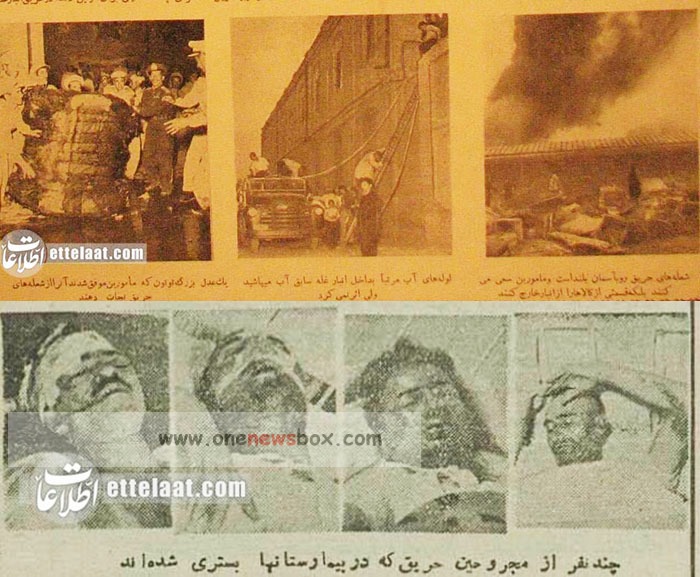Despite these efforts, the fire raged on for 16 hours. The flames, driven by strong summer winds, leapt from building to building, igniting everything from wooden beams to stacks of tobacco leaves. The heat was intense; those fighting the fire reported that standing too close to the blaze felt like standing in a furnace. Water hoses melted, boots scorched, and faces were blackened with soot.
According to the weekly newspaper I’telaat Heftgi, published on July 13, 1955, the fire was “so terrifying that if it had not been extinguished a little later, it would have turned a densely populated neighborhood of Tehran into a pile of ashes and dirt.” The newspaper emphasized the unparalleled scale of the disaster, stating that it was unmatched in the region except for a historic fire that had occurred in Cairo five years prior.
More than 1,000 individuals were directly involved in the firefighting efforts. These included firefighters, soldiers, engineers, and volunteers. The coordination of these disparate groups was a logistical nightmare. The fire brigades struggled to find adequate water sources, while the military worked to create firebreaks using bulldozers and other heavy equipment. Engineers mapped out the spread of the fire and attempted to predict where it might go next.

